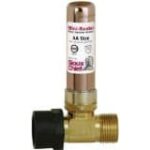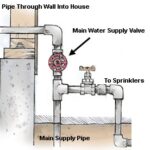An expert guide about how home water supply systems work, with information and detailed diagrams that explain how water is distributed through your home.
From the Street to Your Faucet
The journey of water to your home begins at the municipal water supply. The water company delivers this water through a main supply pipe, typically 1 inch or larger in diameter. Remember, a pipe’s size refers to its inside dimension, so a 1-inch copper pipe will have a slightly larger outside diameter.
Read more: Types of Pipes
The Buffalo Box: Your Water’s Entry Point
This main supply pipe usually passes through at least one main shutoff valve, housed in an underground “Buffalo box.” This box provides access to the main water line and is typically located in your yard near the house, or sometimes inside the basement or crawlspace. For most single-family homes, it’s conveniently placed in the front yard near the street. In colder climates, it might be situated inside the basement or crawlspace for protection from freezing.
The Water Meter: Tracking Your Usage
Within this same box, you’ll find the water meter, used by the water company to measure your water consumption (unless you have an unmetered system). The meter, with its dials or digital readout, records the cubic feet of water flowing into your home. A meter reader periodically checks this, and the company calculates your bill based on the difference between readings.
Learn more: How to Read Your Water Meter
Water Shutoff Valves: Controlling the Flow
There are often two main shutoff valves located on either side of the water meter. The one on the street side belongs to the water company, used for maintenance or meter replacements. The other valve is yours—the main shutoff for your home. Turning it fully clockwise stops all water flow into your house, both indoors and out. This type of valve, called a gate valve, is designed for fully open or closed positions. When open, a wedge inside retracts, allowing water to pass. When closed, it creates a tight seal.
You may also have other valves to control specific parts of your water supply, such as one for indoor water or another for outdoor irrigation.
How Water Moves Inside Your House
The main supply line usually runs to the water heater, where it divides into cold and hot water pipes. From there, supply pipes almost always travel in pairs, hot and cold. Pipes from the water heater are typically 3/4 inch but may be 1/2 inch. Horizontal pairs run below walls and then vertical pairs, called risers, carry water up to the various rooms.
In newer homes, there are separate lines running from the water heater to each room, so water use in one area does not affect use in another area. In an older home, a single line may loop throughout the house, meaning, for instance, that if someone flushes a toilet downstairs the cold water supplying a shower upstairs will have lessened pressure, causing the shower water to suddenly become hot.
NEXT SEE:
• How to Fix Noisy Pipes
• How to Solve Water Pressure Problems



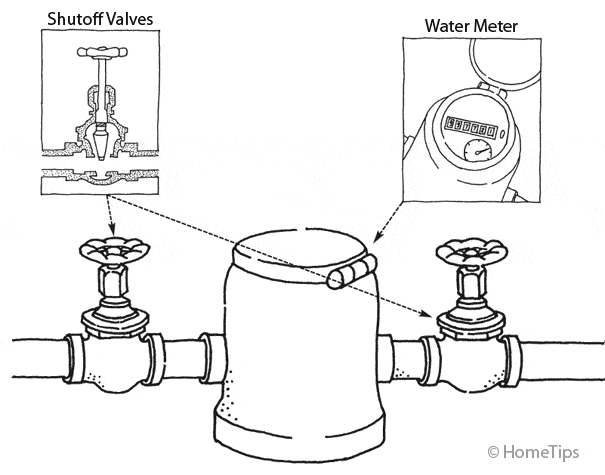
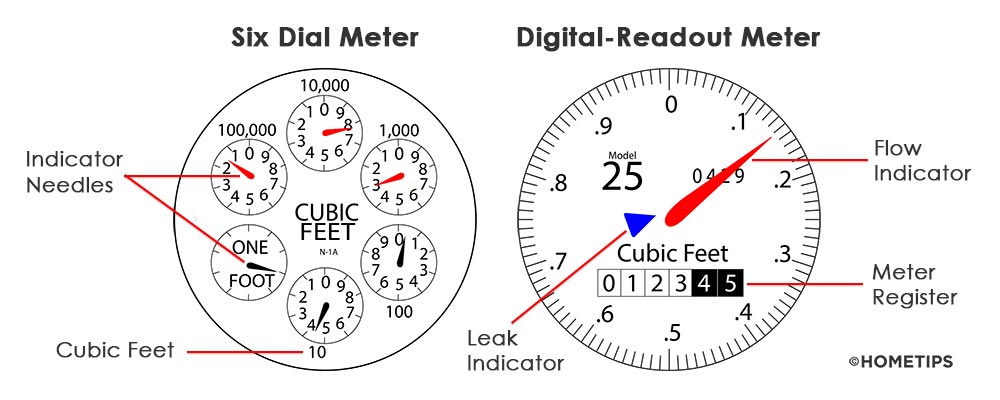
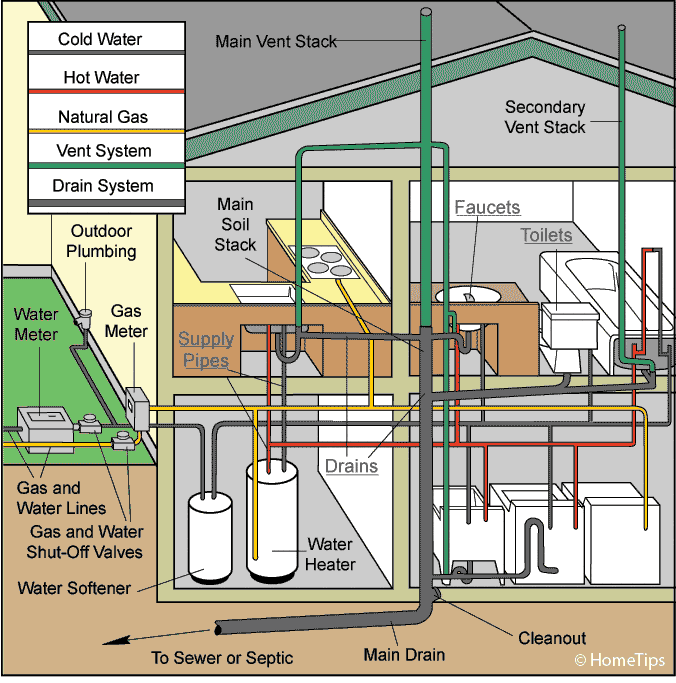
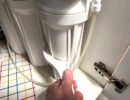

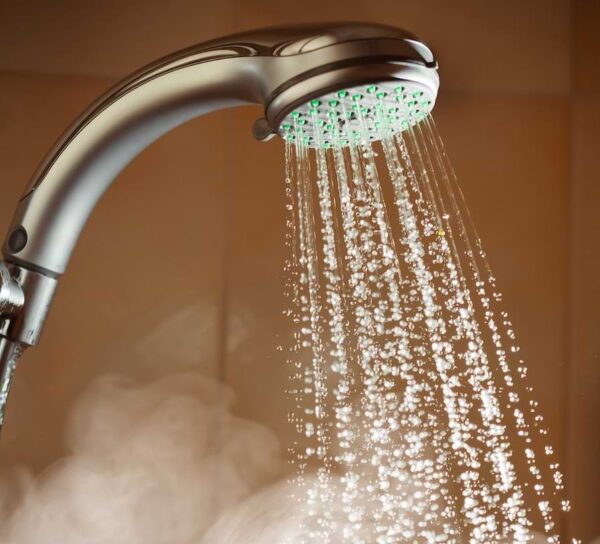

 Don Vandervort writes or edits every article at HomeTips. Don has:
Don Vandervort writes or edits every article at HomeTips. Don has:


